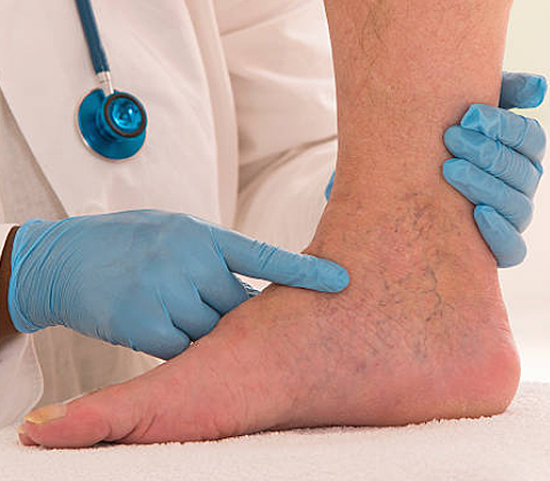Varicose veins are twisted, engorged veins that appear on your legs. The condition can happen to any vein in your body, but they’re seen most often in your lower limbs, where your veins are under more pressure. Varicose veins are generally a cosmetic problem, but they can be a sign of a deeper issue.
They appear blue because of the deoxygenated blood they carry back to your lungs. Spider veins are a milder variety of varicose veins. They’re smaller, more superficial and often appear on your legs, face, hands and feet. Treatment for varicose veins is within reach for New Yorkers.


